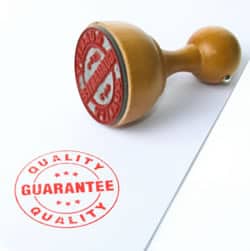Navigating Changing Quality Requirements in a Regulated Industry


The transition plan is the road map of how to get from there to here. Specifically speaking in terms of quality requirements, it should cover some key concepts:
- What is the current state? The current state should be an accurate depiction of all things associated with the changing requirements. It seems helpful to start with a list of the systems affected by the change. What are the current requirements?
- What is driving the change? Why do you need to change? What regulations from what agencies?
- What does the future state look like?
- How much work will need to be done to complete the transition? Should there be a method to determine prioritization. Does the work need to be prioritized in parts to focus on the more important parts?
- What are the risks? How will you deal with the risks? If you try to test a legacy system with requirements it was never designed to meet, it could fail. What will that failure implicate? Will historical produced lots need assessment? You did, after all, just fail to meet a quality requirement.
- Be prepared in advance to deal with potential failures. A good way to mitigate the impact of failures is to apply a prospective risk assessment. Think about what the potential failure modes would be then the impact that those failure modes
would have on the process and product. If this is navigated well, you’ll probably find that only a specific failure in a very specific way actually has real product impact. - Write reports that demonstrate progress. Depending on how extensive the plan is, it may be necessary to show incremental improvement. Often you’ll find that the scope and method evolve over time and the reports are a good mechanism to capture those changes.

Written By: George Jehourian, Consultant III
ICQ Consultants
Join our network, follow us and share this on LinkedIn, Google +, Twitter and Facebook so you can see other new and exciting news and discussions being posted by ICQ Consultants.



